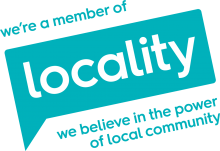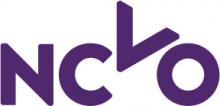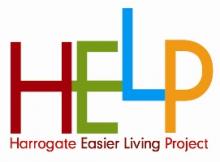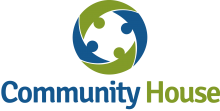Fundraising Jargon Buster
Outcomes, inputs, match funding… confused? Then read on for our handy A-Z guide of the most commonly used jargon in fundraising.
Activities
Actions, tasks and work carried out by an organisation to achieve an outcome. For example activities could include holding an event, providing advice, training volunteers and promotion.
Aims
The specific changes or differences the organisation plans to achieve for its beneficiaries. For example an organisation might design an activity for the aim ‘to increase the work-related skills of its beneficiaries’.
Beneficiaries
The people who directly benefit from an organisation’s activities.
Capital costs
Money needed to purchase or improve physical items such as equipment or vehicles or fixed assets such as buildings.
Core costs
Running/ongoing costs such as salary costs, rent, utilities, telephone, etc.
Evaluation
Using information collected through monitoring to assess the effectiveness of your work.
Full Cost Recovery
Full cost recovery means recovering the total costs of your project or activity, including the relevant proportion of all overhead costs. For example you might have costed in staff time and room hire to deliver a training session but how will the overheads for your project be covered (i.e. admin time, rent, energy bills, management)
Indicator
Well-defined information which shows whether something is happening. For example indicators of success could be the number of people who attend the work skills course or the number who make a job application following the course.
Impact
The broader or long-term effect of an organisation’s activities. For example an activity aiming to increase workplace skills might have the impact that unemployment in a specific area is reduced.
Input
All the resources needed to carry out an activity. Resources could include staff time, rent, room hire, equipment, etc.
Milestone
A well-defined and significant step towards achieving a target, output, outcome or impact, allowing you to track progress. This is common in longer term projects. For example a milestone might be ‘supporting 20 beneficiaries by the 3 month milestone’.
Monitoring
The routine, systematic collection of information in order to check progress against your plans.
Objectives
The areas of activity or practical steps an organisation plans to accomplish its aims. For example an objective could be ‘To provide training in work related skills’
Outcomes
The changes, benefits or learning that are the direct result of your activity. For example a direct outcome might be ’10 beneficiaries feel more confident about applying for a job.’
Qualitative information
This is information concerned with the quality of your project. For example case studies, stories, photos, videos and quotes can be used to demonstrate the quality of the service you provide.
Quantitative information
This is information which can be measured (i.e. quantities). For example this could include the number of people on your course, the percentage of people who reported increased confidence, etc.
Revenue costs (also see Core Costs)
Running/ongoing costs such as salary costs, rent, utilities, telephone, etc.
Soft outcomes
These are outcomes which are harder to measure or observe. For example changes to how someone feels is a soft outcome. Whereas getting a new job is a hard outcome.
SMART Outcomes
These are outcomes which are ‘Specific, Measurable, Achievable, Realistic and with a Timescale’. If you are completing an application form which asks for SMART outcomes make sure you think about each of these 5 factors. For example your intended outcome couldn’t be ‘An reduction in unemployment’ if you have no way of measuring this.
Stakeholder
Any individual or group that is affected by, or can influence, decisions or actions taken by your organisation for example staff, trustees, beneficiaries, the local authority, funders, etc










